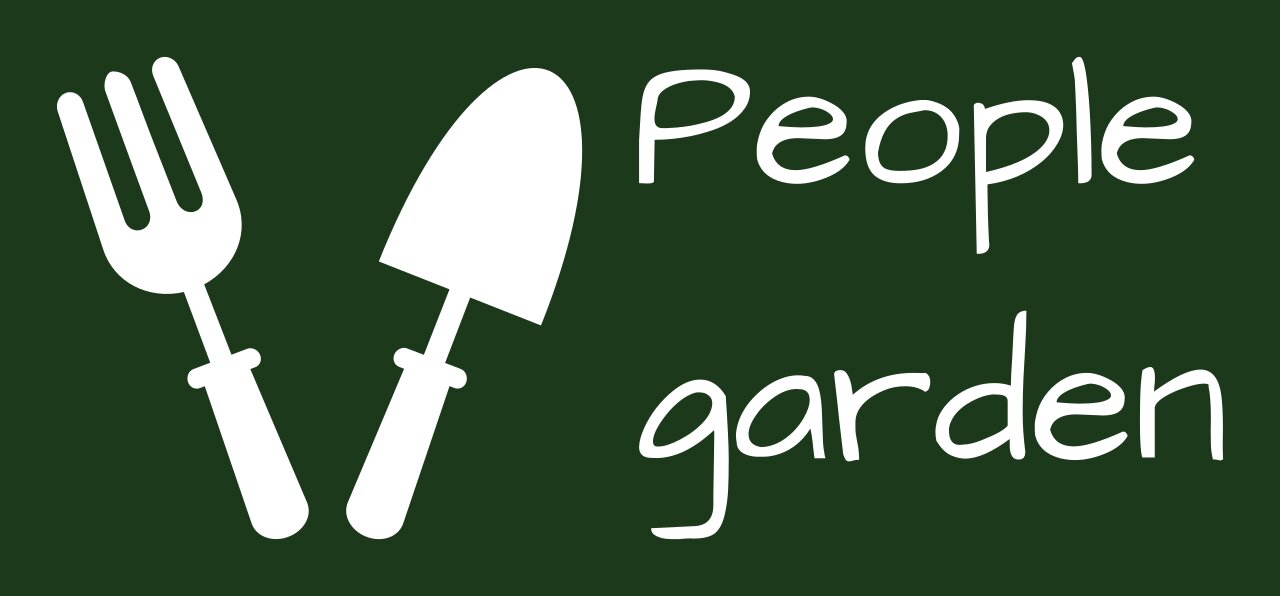Get Rid of Crabgrass Naturally
Crabgrass is an incense plant for lovers of the perfect emerald lawn. But organic gardeners know that what is a weed to some may actually be a beneficial plant to others. However, even organic gardeners sometimes want to remove crabgrass, so it's important to know how we can do it naturally. In this article, we will help you get to the bottom of this controversial issue. We'll explore what crabgrass is, how it behaves and whether you really want to get rid of it, before exploring the natural, organic ways you can do so.
What is Crabgrass?
Crabgrass, also known as finger-grass, is a genus of plants in the grass family Digitata. It is often considered a lawn weed in the United States and other areas, in other areas it is used as a pasture or forage plant and is considered a useful crop. Crabgrass is familiar to many gardeners as a rolling, spreading grass that appears in bare or scattered patches on a lawn, and outnumbers other neat and 'attractive' grass species.
Home garden ideas 👇
Is it necessary to remove crabgrass?
Crabgrass is often more unsightly than unsightly. It poses no danger to humans or animals living in the garden. However, it can be a problem on a lawn or elsewhere in the garden because it tends to outgrow neighboring plants.
Many people believe that crabgrass thrives in meadows because it crowds out nearby plants. But in fact, this plant actually produces its own natural herbicides, which kill nearby plants. These allelopathic chemicals affect the microbial life in the surrounding soil, significantly inhibiting the growth of other nearby plants. The toxins it produces can have a direct toxic effect on other plants as well. In other words, crapcross doesn't play well with others.
Prevents the spread of crabgrass
If crabgrass has already appeared among your other lawn plants and you want to prevent it from spreading to other areas of your garden, the key is to prevent it from going to seed. Your first line of defense is to cut or mow the area before the seeds form. Crabgrass can produce about 150,000 seeds per plant. So if you don't want it to spread, don't let those seeds scatter! But what if you want to completely eliminate crabgrass areas in a landscape garden in addition to preventing its spread? When it comes to getting rid of crabs naturally, three possible solutions are often given. All of them are:
Home Gardening Tips 👇
Organic herbicides
In an organic garden, you'll want to avoid using harmful chemical herbicides and pesticides, but there are organic herbicides on the market. So should you use one of these organic herbicides to get rid of crabgrass in your garden? In my opinion, the answer is no. It is important to remember that even organic herbicides such as clove oil or citric acid will not only kill the crabs, but also other plants they come in contact with. They can also upset the delicate balance in the underlying soil system. It is always better not to take this 'nuclear option' when trying to get rid of weeds.
Solarization
A second natural way to get rid of crabs is solarization. Solarization involves placing a sheet of clear plastic over the crabgrass and allowing the heat from the sun to crisp the plants and render any seeds in the soil below unviable. The advantage of this solution over the previous one is that once the plastic is removed the area will not be contaminated which will destroy your plants (natural or not). This means that once the plastic is removed, you can replant the area with grass or other plants of your choice.
However, arguably, this is also not an optimal solution.
First, burning the soil with intensified solar energy not only kills plants and seeds but also destroys the natural soil biology in the top layers of your soil. In an organic garden, it is usually best to disturb the fragile and precious soil ecosystem as much as possible.
Backyard Garden Tips 👇
| Weed Control | Container gardening | Backyard Garden |
|---|---|---|
| Secrets to weeding | Common Garden Weeds | Remove grass weed |
| Design container garden | Carrots In Container | Vegetables in Pots |
| Detter possums | 6 secrets of Artichokes | Your best Carrots |
Manual removal of crabgrass
This leaves us with one final solution: removing the crabgrass by hand. Unfortunately, this is a very difficult process. But if we want to garden ethically, sustainably, and organically, and still don't want crabs in our gardens, this is the optimal choice. We need to pull up areas of crabgrass before planting and continue to pull any stubble each subsequent season, eventually allowing the plant to be removed from our gardens. Even if your neighbors are not diligent, of course, you should repeat this process annually.
After trying this for a couple of seasons, you may have to ask yourself again if you really need or want to do away with crabgrass altogether.
Garden Useful Tips
















0 Comments